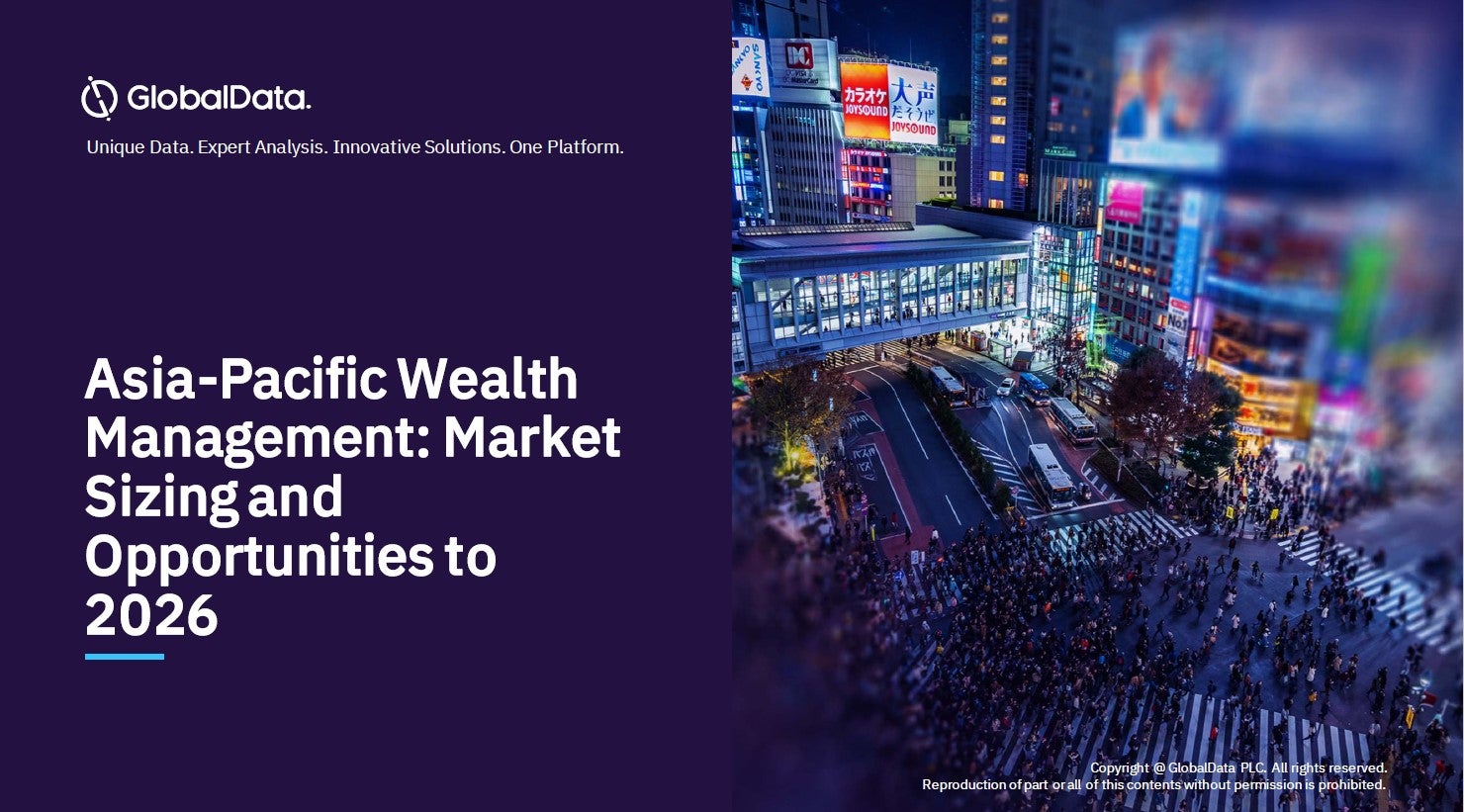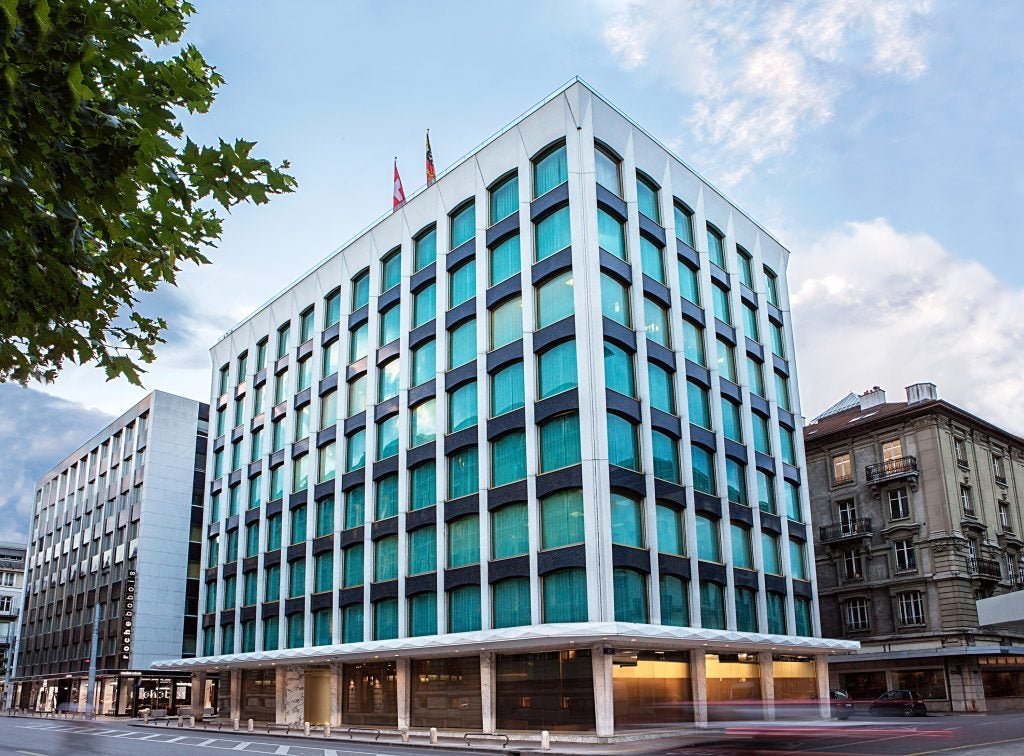individuals with more than $30 million in assets – is growing at a
faster pace than in the rest of the world, propelled by economic
growth, rampant stock markets and an accelerating trend towards
foreign investment.
The number of ultra high net worth individuals increased 12.2
percent in 2006 compared with 11.3 percent worldwide, a survey of
Asia-Pacific wealth carried out annually by Merrill Lynch and
consultancy Capgemini found. The assets of the wealthy, from
conventional millionaires through to the ultra-wealthy, will
increase by an annual 8.5 percent to $12.7 trillion in the next
four years, according to the study. The actual number of wealthy in
Asia grew to 2.6 million, up 8.6 percent during 2006.
Overall, the wealth of Asia’s HNW – individuals with more than $1
million in assets – grew 10.5 percent to $8.4 trillion in 2006 from
a year earlier, the survey showed. Assets held by the wealthy in
Japan and China made up a whopping 64 percent of the total.
Overall, Asia-Pacific accounted by 27.1 percent of the global HNW
population last year.
Asia-Pacific was home to five of the ten fastest-growing markets
for HNWIs. These included Singapore, India and Indonesia, where the
HNWI populations grew by 21.2 percent, 20.5 percent and 16.0
percent, respectively. That compared with the global HNWI expansion
of 8.3 percent. Korea and Hong Kong were also in the top ten
fastest-growing markets globally.
Rahul Malhotra, head of Asia-Pacific, Merrill Lynch Global Wealth
Management, said: “While HNWI investment behaviours differ from
market to market, the underlying drivers of wealth remain strong
overall and we expect the region will continue to outpace the
global rate of growth in HNWI wealth.”
Many of the ultra-wealthy with more than $30 million of net worth
are being created in booming China. “Although the vast majority of
Asia-Pacific’s HNWIs hold between $1 million and $5 million in net
financial assets, we are seeing a sharp rise in the number of
ultra-HNWs,” the report noted. “This is particularly evident in
China, where that country’s phenomenal economic growth is reflected
in a high concentration of ultra-HNWs. More than 28 percent of the
17,500 ultra-HNWs in the region are in China.”
How well do you really know your competitors?
Access the most comprehensive Company Profiles on the market, powered by GlobalData. Save hours of research. Gain competitive edge.

Thank you!
Your download email will arrive shortly
Not ready to buy yet? Download a free sample
We are confident about the unique quality of our Company Profiles. However, we want you to make the most beneficial decision for your business, so we offer a free sample that you can download by submitting the below form
By GlobalDataIn addition, the report found that the very rich in Asia are
getting wealthier at a faster pace than the rest of the world. Last
year, ultra-HNWs accounted for only 0.7 percent of the region’s
wealthy but their financial assets represented 25.4 percent of all
wealth – up from 24.4 percent in 2005.
This wealth consolidation among the super-rich is happening in all
mature markets, but is fastest in Asia. Coupled with the brisk
growth of less wealthy segments, Asia is “creating ample
opportunities for leading wealth management firms to provide
service at all levels of HNW wealth”, the report said.
On average, Asian HNWIs had $3.3 million of net assets, versus a
global average of $3.9 million. The highest average was recorded in
Hong Kong, with $5.4 million of net assets per individual.

Equities retreat
Asia’s millionaires are allocating less of their investment
portfolios to equities, averaging 25 percent versus 31 percent
globally, the report found. The region’s wealthy showed a higher
preference for real estate and cash than in other parts of the
world: 30 percent versus a global average of 25 percent. South
Korea’s rich devoted the most to real estate investments, at 42
percent of their portfolios.
“As an asset class, HNWs favoured real estate for a number of
reasons,” the report observed. Interest rates in Asian economies
have been relatively benign, salaries and savings rates both
increased, real estate is a well-understood investment medium and
few real estate markets have regained the levels prevailing before
the regional economic crisis of 1997.
Singapore has one of the few real estate markets to surpass
pre-crisis levels. In 2006, private residential property in the
city state rose by 10.2 percent compared with 3.9 percent the
previous year. Commercial real estate jumped by an even larger
margin, with top office space prices increasing 17 percent.
The report cautioned: “By 2008, however, research suggests that
Asia-Pacific HNWs will reduce their direct allocations to real
estate – to 23 percent of the average portfolio – to more closely
align with the projected global average.”
At the same time, non-traditional investment products are gaining
in popularity as Asian investors seek better returns and foreign
institutions seek involvement in the high-growth region. For
example, real estate investment in Asia-Pacific has grown due to
the strong performance of commercial property and real estate
investment trusts.
Nonetheless, HNWs in Asia, like counterparts in other developing
markets, continued to seek investments “that offer liquidity,
security and low volatility”, the report observed. The rich in Asia
held a larger percentage of their financial assets in cash or
cash-equivalent asset classes – 22 percent – than investors
elsewhere.
“This trend is accentuated by the region’s limited access to
certain complex investment vehicles and alternative investments,”
it noted. “Such investments could help diversify risk but they are
still relatively rare in these markets.”

Asset allocation
Across Asia, asset allocation differed significantly from market to
market. Australian HNWs allocated 37 percent of their assets to
equities, the highest level in the region. Investors in China and
Indonesia also had relatively high equity allocations.
The survey showed that the region’s millionaires put more of their
assets abroad as they gain greater access to global markets,
placing 51 percent of their portfolios in domestic instruments in
2006 versus 56 percent the previous year. Asia’s wealthy boosted
their investments in Latin America and the Middle East last year,
while the proportion of assets devoted to North America was little
changed at 27 percent, according to the survey.
These trends should accelerate. The report noted the wealthy in
Asia increasingly look at internationalising their investment
portfolios and, over the longer term, “rebalancing their asset
allocations in favour of alternative investments, equities and
fixed income”.
HNW investment behaviours differ from market to market in key
attributes such as sources of wealth, demographics, concentration
of ultra-HNWs and the level of portfolio internationalisation. The
primary sources of wealth for China and Australia are business and
stock options, whereas inheritance and income are the main sources
for Japan’s HNWIs, the report said.
The majority of HNWIs in all markets are male. The proportions are
highest in India, Australia and South Korea, at more than 80
percent. Females represent 43 percent of Taiwan’s HNW population
and more than 30 percent in China and Hong Kong.

Wealth transfers
The report does forecast a major transfer of inter-generational
wealth across Asia as many first-generation wealth creators begin
to reach retirement age. Its analysis suggests that 54 percent of
the region’s HNWIs are over 56 years of age and, in the coming
years, intend to distribute 92 percent of their private wealth to
family members and future generations.
Since many Asian HNWIs derive a significant portion of their wealth
from business ownership, the transfer of their private holdings
will be a “complex challenge that will force wealth managers to
perfect – or develop – a specific set of multi-faceted skills and
expertise”, said the report.
The use by HNWIs in Asia of multiple financial advisers will
compound the difficulty that is often inherent in identifying what
wealth is to be transferred, the report suggests, saying: “Most
advisers find it a daunting task to achieve a level of client
intimacy that would allow them to accurately assess these affluent
clients’ entire wealth picture and, thereby, to present a range of
options that would ensure effective inter-generational wealth
transfer.”
To tackle such issues, wealth management providers are increasingly
partnering and collaborating across jurisdictions with legal and
accounting experts to provide necessary insights that will help
their clients effectively structure disbursements of wealth.
The report confirmed what has been increasingly apparent – that
Asia is now a honey-pot for an increasing number of private banks,
local and Western.
“The intensifying competition for HNW clients, the strong growth in
HNW wealth and numbers and the varying individual product maturity
across HNW markets, pose significant challenges and complexities to
the financial advisory firms servicing these markets,” it said.
“Already we are seeing sharper pricing, product commoditisation and
a shortage of qualified advisers across the region.”
The relentless growth of non-resident
Indians
More than 150,000 Indian millionaires reside outside of their
country’s borders, making the non-resident Indian (NRI) sector one
of the fastest-growing in global wealth, according to the
Asia-Pacific Wealth Report.
Other recent estimates suggest that NRIs, broadly measured and
including less wealthy investor segments, could now total $1
trillion in net assets. They generate more than $100 billion in
income each year and in 2006 they remitted about $24 billion back
to India.
As a result, wealth managers are becoming increasingly focused on
servicing this market, particularly in Singapore and Hong Kong,
which have become financial centres for NRIs. The greatest
concentration of wealthy NRIs was in Hong Kong in 2006, the report
estimated, but without quantifying this. The Chinese centre was
followed by Singapore, Indonesia, Thailand and Japan. The smallest
concentrations were in Australia and the Philippines.
Banks surveyed for the report indicated that a key to attracting
NRI investors is to offer products and services exclusively to this
community. More than 80 percent of the advisers polled said that
confining their marketing efforts to the NRI segment has been
effective in attracting and retaining wealthy NRI clients.
Another factor is that strategies should address the relative youth
of NRIs. On average, the NRIs represented in its survey are
considerably younger than the broader, global HNW population.
Nearly 19 percent are between 31 and 40, compared with only 11
percent of the global HNW population. “The relative youth of the
wealthy NRI segment highlights the need for advisers to establish
dynamic relationship with these clients at an early stage,” the
report said.








